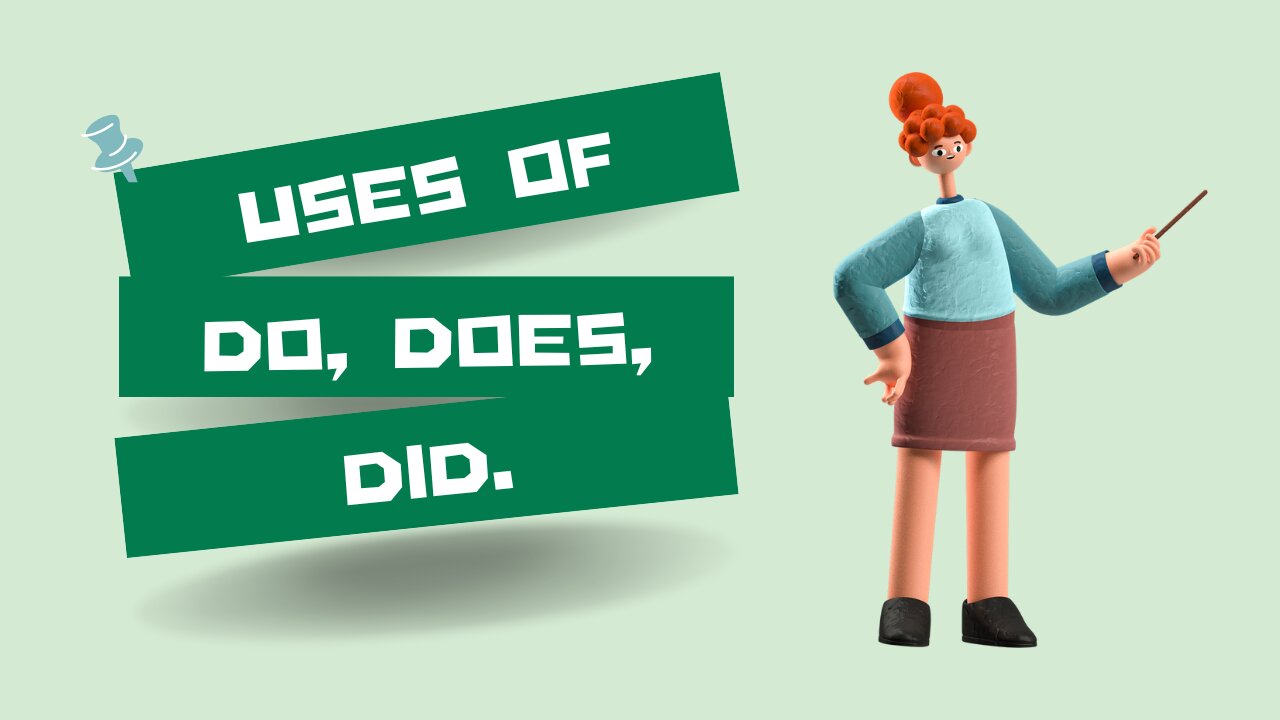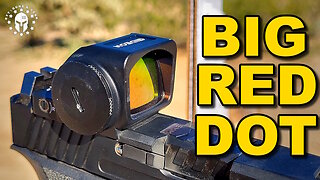Premium Only Content

Uses of Do, Did, Does with Formula & Example.
The auxiliary verbs "do," "does," and "did" are essential components of English grammar, aiding in the formation of questions, negatives, and emphatic sentences. They are particularly used in the simple present and simple past tenses.
"Do" is employed with plural subjects like "I," "you," "we," and "they" in the present tense. It assists in creating questions (e.g., "Do you like ice cream?") and negatives (e.g., "She doesn't play tennis.").
"Does" is utilized with singular subjects such as "he," "she," and "it" in the present tense. It serves the same purpose as "do" but is suited for singular subjects (e.g., "Does he work on weekends?").
"Did" is used universally in the past tense, regardless of the subject. It aids in forming questions (e.g., "Did they travel last year?") and negatives (e.g., "We didn't finish the project on time.") about past actions.
These auxiliary verbs are integral for constructing grammatically correct and contextually appropriate sentences in English, facilitating effective communication through various sentence structures.
-
 LIVE
LIVE
Game On!
15 hours agoHAPPY FOOTBALL FRIDAY! NFL Week 14 Betting Preview!
465 watching -

Crypto Power Hour
10 hours ago $2.74 earnedBlockchain Solutions w/ U.S. Healthcare Featuring Solum Global
21.2K9 -
 1:18:24
1:18:24
The Illusion of Consensus
1 month ago“Your Math Is WRONG” - Mark Cuban GRILLED Over His NBA COVID Vaccine Mandate | Part 2
3.15K7 -
 14:17
14:17
RTT: Guns & Gear
16 hours ago $2.33 earnedBest Budget RMR Red Dot 2025? Gideon Optics Granite Review
5.58K3 -
 LIVE
LIVE
BEK TV
23 hours agoTrent Loos in the Morning - 12/05/2025
267 watching -
 LIVE
LIVE
The Bubba Army
22 hours agoWill Michael Jordan TAKE DOWN NASCAR - Bubba the Love Sponge® Show | 12/05/25
1,487 watching -
 35:55
35:55
ZeeeMedia
14 hours agoPfizer mRNA in Over 88% of Human Placentas, Sperm & Blood | Daily Pulse Ep 156
10.1K100 -
 LIVE
LIVE
Pickleball Now
4 hours agoLive: IPBL 2025 Day 5 | Final Day of League Stage Set for Explosive Showdowns
224 watching -
 9:03
9:03
MattMorseTV
17 hours ago $19.08 earnedIlhan Omar just got BAD NEWS.
39.2K92 -
 2:02:41
2:02:41
Side Scrollers Podcast
21 hours agoMetroid Prime 4 ROASTED + Roblox BANNED for LGBT Propaganda + The “R-Word” + More | Side Scrollers
142K14